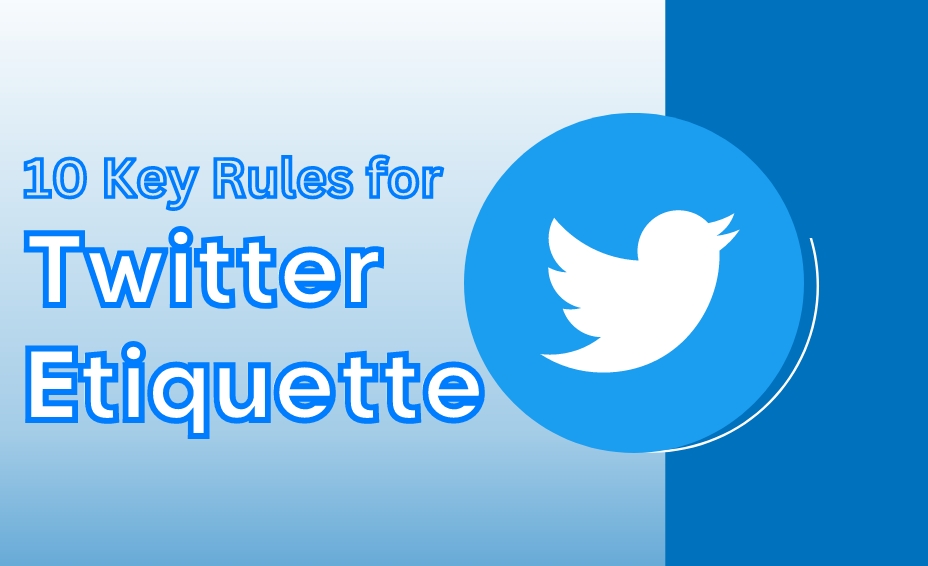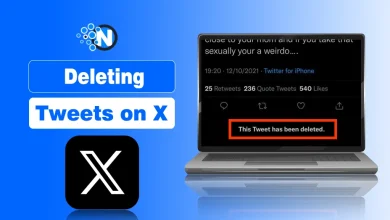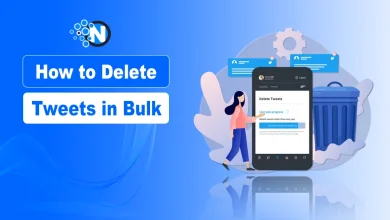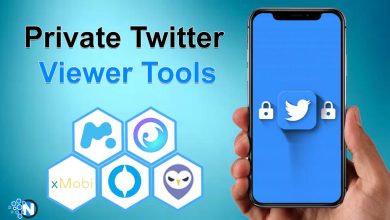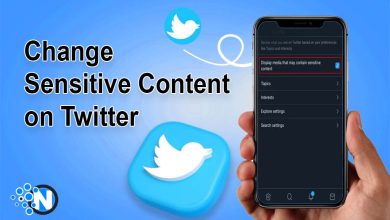10 Key Rules for Twitter Etiquette — Engage Responsibly & Avoid Blocks
Twitter could just win the prize for being the messiest and noisiest of all the major social media networks. That’s part of its charm — and part of its danger. For everyday users, Twitter is more fraught because it has a flatter, more democratic structure that allows pretty much every user to interact (in theory, at least) with pretty much any other user.
For “power users” and people or firms who use the platform for marketing or self-promotion, the dangers are more acute. The temptation is always there to overstep the bounds of commonly accepted Twitter etiquette, and for many Twitterites, it eventually proves irresistible. But resist you must, especially if you hope to use Twitter to achieve your firm’s sales or marketing, or visibility goals. Here’s how to stay on your best behavior while making the most of the platform’s powerful communication tools.
1. Center Your Expertise
Always put your own expertise (or your employees’) front and center. The Twitter handle for Asiaciti Trust, a global trust and fiduciary services provider, shows how this looks in practice. Most of the firm’s tweets feature quick insights from its own experts, often with links to longer articles or interviews expanding on those insights. Apply this practice to your own business or specialty and you’ll create a solid base from which to have meaningful Twitter interactions.
2. Editorialize, But Always Respectfully
Twitter is a useful platform for sharing unfiltered opinions. This is a blessing and a curse: a blessing because unfiltered opinion helps drive engagement, a curse because anything unfiltered can be dangerous in large quantities. Strive to share your “true” feelings in a respectful way, and hold your tongue whenever you fear that’s not possible. (Especially when the subject is sensitive.)
3. Be Helpful (And Mean It)
Twitter users have short memories, and the typical user’s feed is so cluttered that they won’t immediately recognize this for what it is, but you should still strive to make your Twitter presence as helpful as possible.
Do so in the general sense: share helpful tips and insights that anyone who follows you or sees your tweets can use. And do so in a more specific way as well, by reaching out to specific users to give advice or making yourself available to answer questions or address problems as they come up.
4. Don’t Butt Into Conversations Without Good Reason
There’s a fine line between helpfulness and intrusiveness. Avoid jumping into public conversations that you’re not tagged in unless you’re very confident you can add value or you’re specifically looped in. Whatever your intentions, this can rub users the wrong way and cause more problems than it solves.
5. Leave the Conversation at the First Sign of Trouble
You’ve surely seen the dangers of “spirited” Twitter conversations that turn ugly. Avoid this outcome at all costs: Debate in good faith, but back off at the first sign that other parties to the conversation are becoming agitated. It’s not worth dinging your reputation (or earning a block or ban if things get really uncomfortable).
6. Mute Problematic Users Instead of Blocking Them

Commit Twitter’s instructions for muting other accounts to memory. It’s a quick and reliable way to purge your feed of temptation and bad vibes without alerting problematic accounts that you have a problem with them. Users can find out when you’ve blocked them, which may cause the more vindictive ones to direct harassment your way (particularly if they have large armies of followers).
7. Report Harassment and Bad Behavior (But Only With Good Reason)
On the subject of harassment, don’t hesitate to report truly abusive behavior on Twitter, even if it doesn’t directly affect you. Twitter takes these reports seriously and will take action on flagged users if it deems necessary, up to and including permanently banning their accounts (though that isn’t as common as widely believed). But don’t report harassment frivolously either; this could rebound back on you and cause more problems than it solves.
8. Don’t Hesitate to Take Twitter Breaks
If you find yourself growing angry or frustrated or feeling any other negative emotions when you open the Twitter app, take a few days (or longer) off. If Twitter is an important part of your firm’s marketing strategy, use a scheduling tool to lay out informational or promotional posts in advance and don’t engage with any replies.
9. Subtweet All You Want, But Don’t Make It Explicit
Many seasoned Twitter users “subtweet” others to level criticism without inviting a direct response and getting down in the mud with fellow users. This is fine, up to a point, as long as you don’t tag the users you’re subtweeting or make your criticism overly personal or nasty. Maintain a veneer of respectfulness, in other words.
10. Encourage Your Followers to Remain Civil (And Block Those Who Don’t Listen)
If you’re fortunate enough to have a large, engaged follower base, you have a responsibility to other Twitter users to ensure they remain respectful. Block and report those who spout abusive language in your mentions.
Be on Your Best Twitter Behavior
Twitter doesn’t really have an “off” switch. Sure, you can log out or take an extended Twitter break, but your mentions will keep piling up. For a while, at least.
So it’s best to use Twitter sparingly and in a focused manner while always staying within the guardrails of commonly accepted Twitter etiquette. To review, this means:
- Keeping your personal (or corporate) expertise front and center at all times
- Being respectful when you engage with other users
- Being helpful and genuine whenever possible
- Keeping out of others’ conversations unless you’re drawn in or sincerely have something to add
- Being the “bigger person” when interactions get heated
- Muting problematic users instead of blocking them (which can raise their ire and may invite targeted harassment)
- Report harassment when warranted (but only when warranted)
- Take a step back when needed
- Don’t single out other users for criticism
- Encourage your followers to remain civil and block those who don’t
Consider this your Twitter etiquette checklist — a blueprint for a more constructive, engaging Twitter presence now and for the future.

